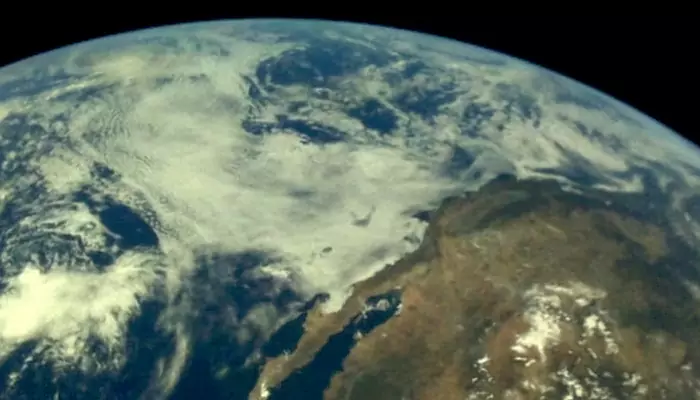Earth Actually Has Four North Poles - Know About Them
Depending on how you define, the precise position of Earth’s North Pole can change.
- Ipsita Jha
- 08 September, 2024
- 2 mins ago

Earth Actually Has Four North Poles - Know About Them
Depending on how you define, the precise position of Earth’s North Pole can change.
Paraphrasing one intrigued voice who exhorted a score year ago, may we similarly inquire, “Will the real North Pole, please stand up?”.
What? Are there more than one North Pole?
The Wobbling Earth
What we know as the North Pole — the point where Earth’s axis of rotation meets its surface and its counterpart, the South Pole, is in fact, not fixed points! The shape of our Earth is more like an ellipsoid rather than perfectly circular. When the Earth spins on its axis, it’s given to wobbling as was confirmed by an American astronomer, Seth Carlo Chandler, in 1891. Continual pressure changes on the seafloor are among the various factors that keep on influencing the angular momentum of the planet. Termed as the ‘Chandler wobble’, the exactitude of the intersection of the earth’s rotational axis and its surface can vary depending upon various criteria.

The Geographic North Pole And Its Contenders
Geographers mark The Geographic North Pole as the ‘North Pole’, the point where all the meridians converge on the north as is seen in the geographical world map. Unlike its terrestrial southern antipode, the North Pole lies in the middle of a sea — the Arctic sea.
There are three other definitions for this supposedly singular point, and they are The Geomagnetic North Pole, The North Magnetic Pole and The Northern Pole of Inaccessibility.
The Geomagnetic North Pole
The dynamics of Earth’s core generates a magnetic field, called the ‘magnetosphere’, which extends far into interplanetary space. The point where this magnetosphere’s axis passes through the planet is The Geomagnetic North Pole. Historically, it has remained relatively stable over Ellesmere Island in Nunavut, in northern Canada. Incidentally, it’s the particles charged by violent storms moving through this magnetosphere which causes aurora borealis, aka, the Northern Lights.
The North Magnetic Pole
The constant motions of the solid inner and the molten outer core of the Earth, moving at different speeds, produce a self-sustaining electromagnetic field. Depending on the prevailing currents in the outer core, North Magnetic Pole moves irregularly within approximately a 500-mile radius of the true North Pole. If you stood, either in Greenland or Nunavut, the compass would flip perpendicularly towards the ground. Be amused to know that the North Magnetic Pole is actually the South Pole, of the dipole magnet that is our Earth.
The Northern Pole of Inaccessibility
This point is determined by geography rather than by physics. It’s in the Arctic sea roughly equidistant from Ellesmere Island, Henrietta Island in the East Siberian Sea, and Kosmomolets Island in the Russian Arctic.










